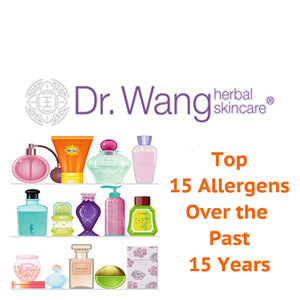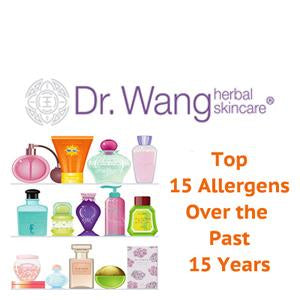Contact Dermatitis is a common skin condition seen by dermatologists across the globe. Clinically, this skin condition can present as a red itchy rash. It is caused by various allergens present in soaps, cosmetics, fragrance, jewelry and even plants. Each year, the American Contact Dermatitis Society selects one allergen and labels it the allergen of the year. In this post, we review the past allergens from the past 15 years.

2000- Blue dyes
2001 – Gold
2002 –Thimerosal: An organic mercury compound found commonly in antiseptic and antifungal agent. It is used as a preservative in vaccines and medications
2003 – Bacitracin: A common topical antibiotic used to treat minor cuts and wounds
2004 – Cocamidopropyl Betaines: An organic surfactant used as a foam booster in shampoo and the heavens soaps.
2005 – Corticosteroids: Medication used widely in dermatology to treat assortment of skin conditions
2006 – p-Phenylenediamine: Is present in hair dye.
2007 – Fragrance
2008 – Nickel: A metal commonly seen in jewelry and belt buckles.
2009 – Mixed Dialkyl Thiourea
2010 – Neomycine: Topical antibiotic used to treat skin infection
2011 – Dimethyl Fumarate: Present in furniture to prevent growths of mold in humid climates.
2012 – Acrylate - Commonly found in various cosmetic lotions and cream
2013 – Methylisothaizolinione: Used as a preservative in many cosmetics, lotions and creams
2014 – Benzophenones: Present in sunscreen
2015 – Formaldehyde: A preservative, widely used in a wide range of cosmetic and skincare products
The American Contact Dermatitis Society selects those allergens to raise awareness about each of those molecules. They’re not selected entirely based on how common those allergens affect the population in the USA. If you or someone who has a persistent and recurrent itchy rash that does not respond to treatment, a patch test by an allergist or dermatologist can identify the culprit allergen.



